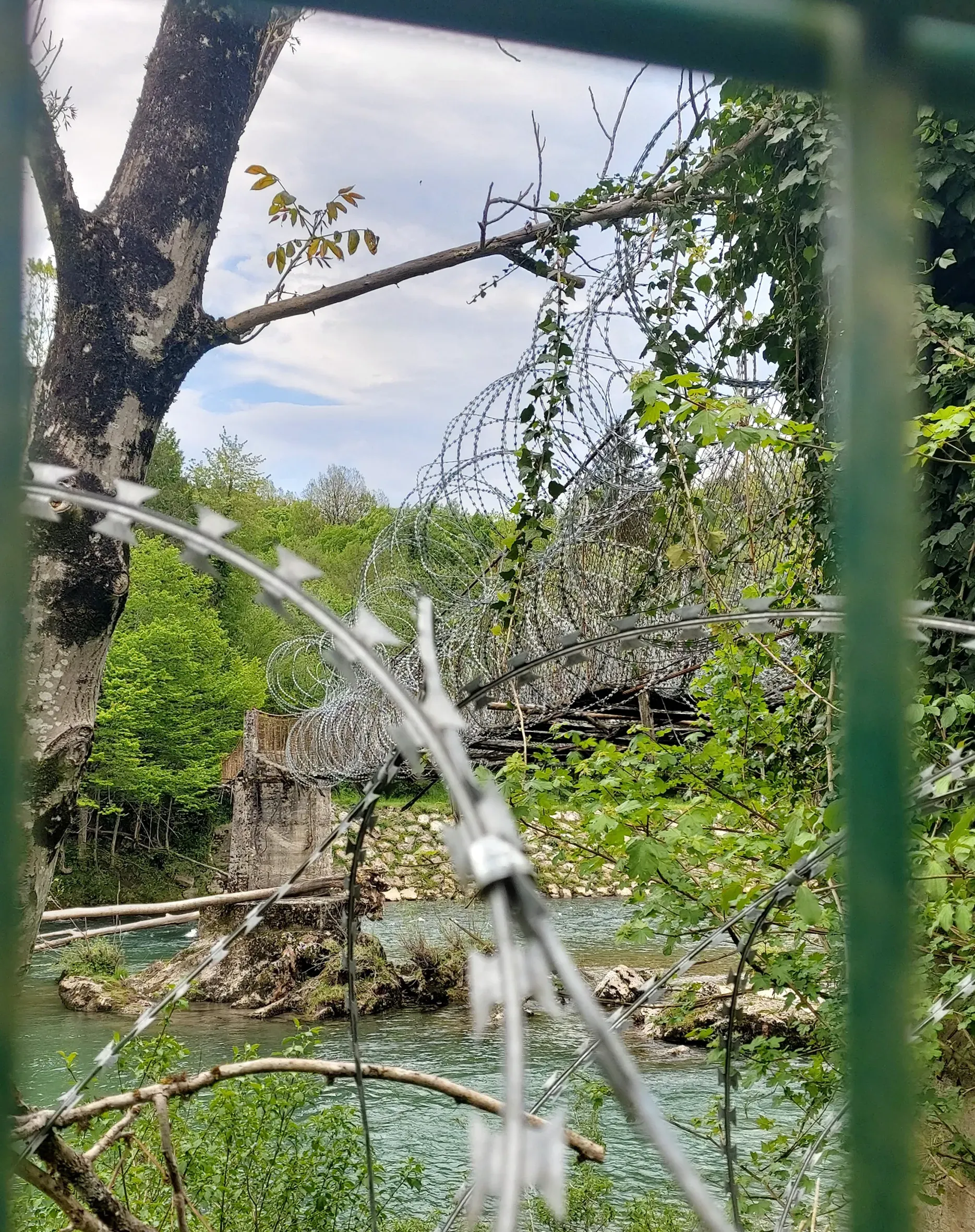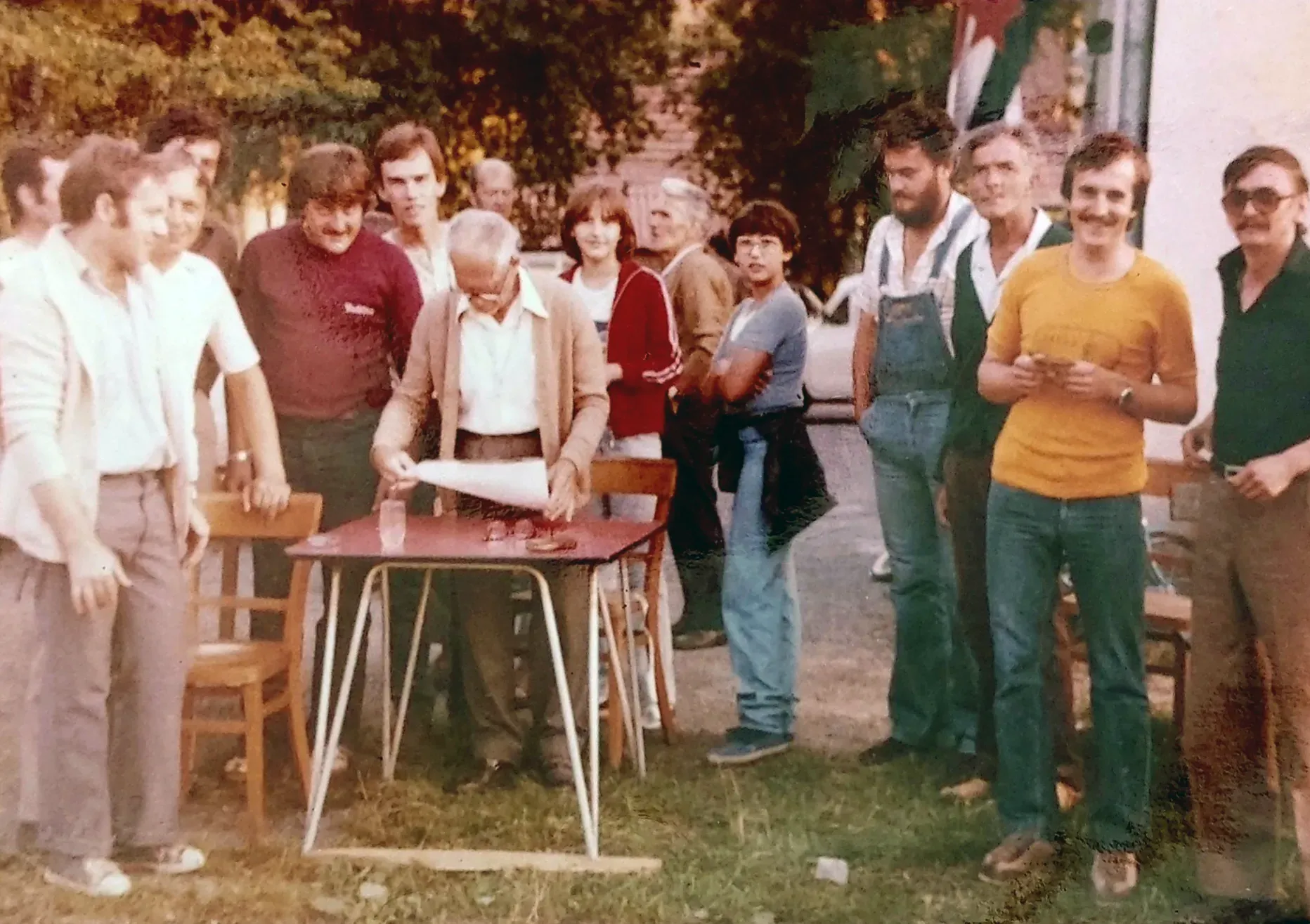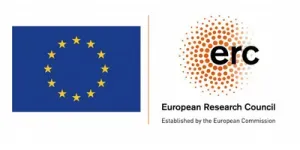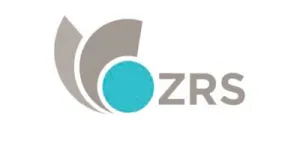uring the times of Yugoslavia, the Kolpa/Kupa River made up part of the administrative border between the republics of Slovenia and Croatia. In 1957, the inhabitants of both banks jointly financed and built a bridge near Slavski Laz (SI) and Čedanj (HR). Their economic, social and personal relationships developed until 1991, when crossing the bridge was banned upon the two states declaring independence from Yugoslavia. From then on the structure served only as a sightseeing point. Slovenia joined the EU in 2004 and the Schengen Area in 2007.
Less than a decade later, Slovenia responded to the influx of refugees by erecting a fence along the riverbank. The bridge has since fallen into ruin. Since 2023, Croatia has also been a member of the Schengen Area. The gates of the fence were unlocked and the overgrown access to the bridge was cleared. In the same year, the fence was dismantled and a citizens' initiative was formed by residents from both banks to repair the bridge.
People
People
According to the Kočevje newspaper Novice from December 7, 1957, men, women and children worked 2500 hours to build the suspension bridge between Slavski Laz and Čedanj. One of those who participated in the construction was the local fisheries inspector at the time, pictured here.


Places
Places
Some people drowned while trying to cross the river, others were injured climbing over the fence. Wildlife migration was severely disrupted, and accessing the beach meant calling the police to have an officer unlock the gate.



